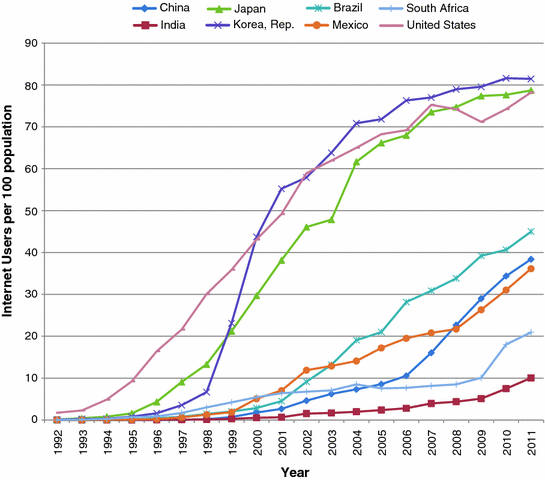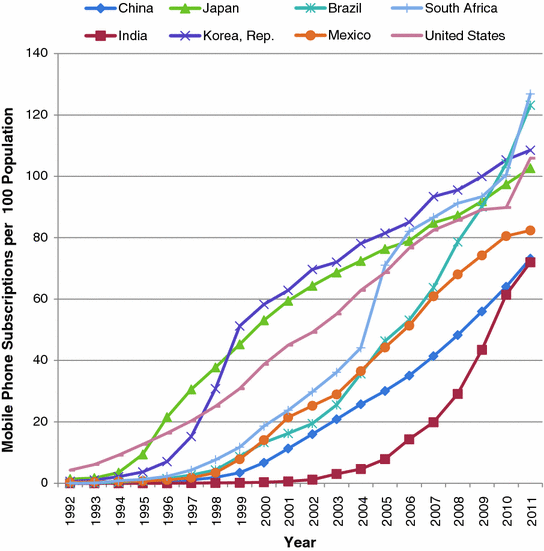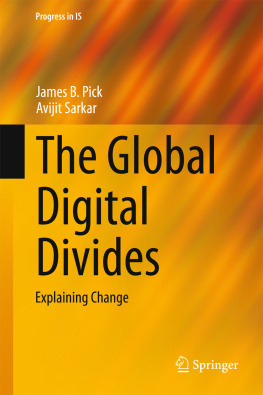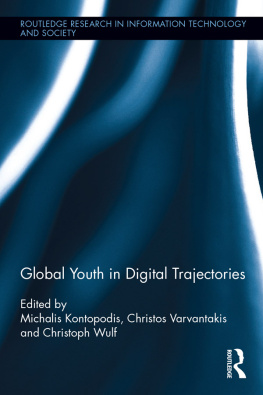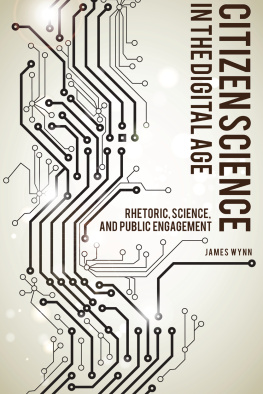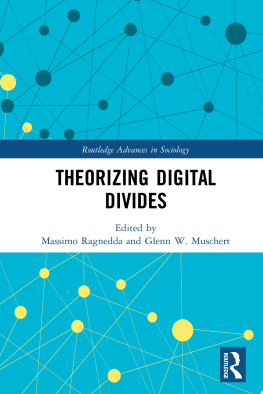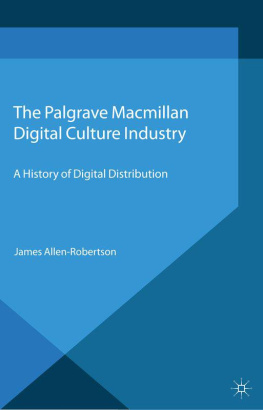1.1 Introduction
Global technology change is rapid and often transformational for economies and societies. Coming from a world of fixed line telephones and micro-wave networks of the 1950s and 1960s, to todays broadband , cell phones, social media, video, and multimedia, global technology change has permeated advanced economies and ignited rapid growth in the least developed economies. The benefits of pervasive technologies include economic productivity, global collaboration, e-commerce , efficiencies and change in government and society, information richness, data-rich scientific and technological advances, political transparency, and societal knowledge.
The unfolding of technological advancement among nations worldwide has been uneven, and keyed to many permutations, notably the level of economies, democracy, human capital, infrastructural features, and innovations . Despite overall growth, there remain distinct geographic patterns of technology utilization worldwide, and continents and countries have fairly persistent relative high or low levels of information technologies. Likewise, within nations, states, and provinces, regions are uneven in geographic patterns of prevalence of information technologies. At the high end, some regions such as Silicon Valley in Northern California, Route 128 in Boston, and the Tokyo metropolitan region in Japan are known to be high-tech and innovative, while other regions are regarded as trailing digitally, such as the northeastern states in India or the western areas of China . A state or region can gain great benefits from its ICT (Information and Communications Technology) via a more productive economy, education , technologically-skilled labor force, innovation centers, creativity, entrepreneurship, and arrival of immigrants who often bring skills. Likewise, technology uses by individuals are influenced by access to knowledge, education, income, network connectivity, and social capital. Potential detriments of technology advancements are present as well, such as privacy invasion of individuals, social exclusion of Internet-deprived individuals or groups.
Differences in information and knowledge between nations, regions, businesses, groups, and individuals are often referred to as the digital divide . The digitally advanced segment of the population is separated from the digitally backward segment by a gap or divide. In most such situations, a more appropriate concept is digital continuum , i.e. portraying digital capability extending from high to medium to low levels, but the former term is used in this book since it is in common parlance. Digital divide is defined as a continuum extending from high to low digital capabilities and usage. The digital divide is geographical , since people, firms, and cities, and states have a location, and usually neighboring locations are more likely to have similar levels of technology.
1.2 Magnitude and Rapidity of Technological Change
The global diffusion of information technologies has been very rapid over the past 30 years. The internet became available for use first in the U.S. in the mid 1980s. By the late 1980s, the first U.S. backbone was established by the National Science Foundation and the U.S. Defense Department. The Internet became commercialized and widely available globally in the 1990s. Its use was further stimulated by the advent of the World Wide Web (WWW) in 1990, the first browser being developed by Tim Berners-Lee that year and the web becoming widely available in the mid 1990s. By 2013, there was an estimated 2.7 billion people using the Internet (ITU , the proportion of internet users in advanced economies such as South Korea, Japan, and the U.S. reached around 80 % of population in 2011, while middle level economies such as Brazil, China, and Mexico reached in the range of 3545 % of population. In portions of Africa, western Asia, and the Middle East, internet use was under 10 % of population. Although the most advanced economies had very rapid growth in the decade from mid 1990s to mid-2000s, their growth rates since then have begun to taper off, while countries such as China (39 % in 2011), Mexico (37 %), and India (10 %) appear to be entering the period of their most rapid growth in the present teens decade.
Fig. 1.1
Internet Users per 100 population, 19922011. Source World Bank ()
The impacts of the Internet and Web are profound on peoples lives, enterprises, and governments, allowing instantaneous communication and transfer of money, assets, and business documents; enabling the cloud; providing real-time updating of multitudinous processes and data-bases; and activating an inter-connected world, which is shrinking in size in many aspects of information transfer and knowledge sharing.
The mobile phone dates from 1973, when the first bulky model appeared from Motorola. The second generation (2G) occurred in 1991, followed a decade later by the 3G generation with significantly higher bandwidth and speeds, allowing for web and internet applications to sprout on smart phones. It is expected that the 4G generation, which commenced in 2010, will continue to grow into large market share in the late teens decade, offering access to streaming multi-media applications at much higher speed. Mobile phone subscriptions are estimated to be 6.5 billion by 2018 (ITU . India likewise experienced rapidity of growth even faster than China over the 20 years to reach 894 million mobile phone subscribers in 2011.
Fig. 1.2
Mobile phone subscriptions per 100 population, 19922011. Source World Bank ()
Fig. 1.3
Number of mobile phone subscriptions, 19922011. Source World Bank ()
Fig. 1.4
Mobile phone users in California, United States
The dynamic impacts of mobile phones are evident worldwide ranging from meetings of Fortune 200 businesses to basic uses by poor citizens of Africa, India, Western Asia, and South America. Even the illiterate, who can barely afford inexpensive cell phones, are still able to participate orally as part of the worldwide networks. The reason for mobile phones being perhaps the most prevalent personal technology is their low cost, reliability, portability, and the relative ease for provider companies to establish networks of cell towers.
Although today information technologies are more prevalent and expanding rapidly throughout the globe, the forces motivating the remarkable increase are less well known, and the geographies of its diffusion even less so. This book addresses these lesser-known aspects.
